15 Tips for Learning to Drive a Stick Shift (According to Experts)
Most new drivers learn how to drive an automatic transmission vehicle which is logical since that’s what most vehicles are these days. But knowing how to drive a manual transmission (stick shift) car is a great skill to have.
Driving a stick shift can seem daunting, but it just takes practice and technique. This article will provide beginner drivers with useful tips to master the mechanics and skills for driving a manual transmission vehicle.

Top Tips for Driving a Stick Shift
If you already know how to drive an automatic vehicle, you can easily learn to drive a manual vehicle by understanding the main differences between the two.
Below are 15 tips which will help you easily adapt to a stick shift and learn how to operate it effectively.
#1 – Find the Right Teacher
Choose an experienced manual driver with plenty of patience to teach you. Having instruction from someone who has mastered clutch control and smooth shifting is invaluable. Ideally, pick a trusted friend or family member who drives stick daily.
If no one fits the bill, consider a professional driving instructor who specializes in manual transmissions. You may even want to make a post on Nextdoor or a local Facebook group for recommendations.
#2 –Start in an Empty Parking Lot
Before attempting real roads, practice the basics in an empty parking lot. This applies to automatic transmission vehicles as well.
This low-risk area allows you to get a feel for engaging the clutch, shifting gears, and coordinating between gas and brake pedals without distractions. Work on starts and stops, focusing on smooth clutch releases and crisp gear changes.
As you become more comfortable with the footwork, progress to making wide turns and circles. Having room to stall and slip up removes pressure as you develop coordination. Use lots of time in a vacant parking lot to build confidence before transitioning to street driving.
#3 – Learn What the Clutch Does
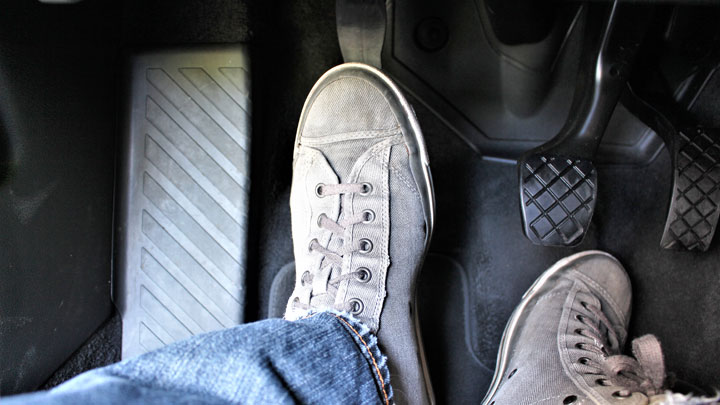
The clutch is essentially a bridge between the engine and transmission. When depressed, it disconnects the engine’s power from the drivetrain and wheels. As you slowly release the clutch, it begins transmitting power again to propel the vehicle.
Learning to smoothly engage and disengage clutch pedal friction is key to driving a manual. Avoid releasing too quickly or you’ll get high revs before movement or even stall the car.
Depress the clutch fully when changing gears and work on feeling the engagement point as you let it out.
Related: Driving an Automatic With Two Feet? (You’re Doing it Wrong)
#4 – Find the Friction Zone on the Clutch
As you slowly release the clutch, you’ll reach the friction zone, the point where the clutch begins transmitting engine power to the wheels.
Without gas, you’ll feel the car want to creep forward when hitting this engagement point. Find where this occurs in the clutch release and practice smoothing engaging here before adding gas.
Rushing through the friction zone causes stalling, while prematurely entering it makes starts jerky. Depress the clutch fully again if needed.
Keep in mind that the clutch pressure and engagement point is different on almost every car. Even veteran stick shift drivers take some time to get used to the clutch on a vehicle they haven’t driven before.
So if you feel like you’ve mastered the clutch on the car you’ve been practicing on and then have a hard time on a different vehicle, you’re not alone. A bit of practice and you’ll be fine.
#5 – Give It Gas When Releasing the Clutch
Coordinating gas and clutch pedals is super important when releasing the clutch to avoid stalls. As you let off the clutch in the friction zone, apply steady, light gas to increase engine RPM. This introduces power as the clutch engages.
Too much gas causes abrupt starts, while too little leads to stalls. Over time, you’ll develop a feel for exactly how much throttle to give based on inclines. Avoid overthinking it.
With practice, you’ll be able to smoothly give appropriate gas as the clutch engages without consciously thinking about it. Rev-match downshifting will also become second nature.
#6 – Shift Gears Fully Before Releasing the Clutch
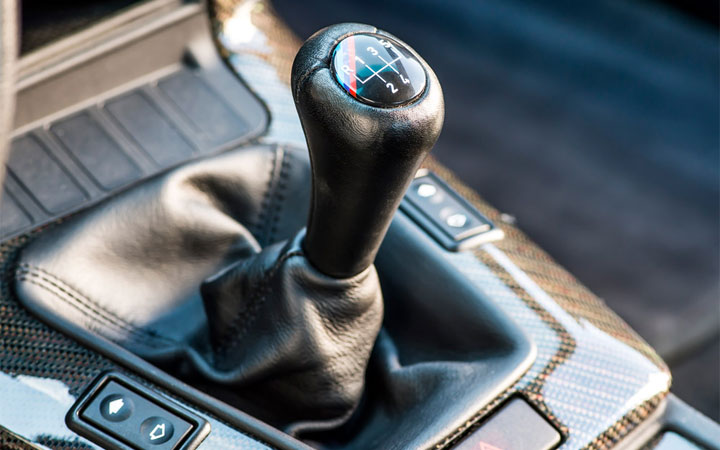
When shifting gears in a manual transmission car, it’s important to fully engage each gear before letting the clutch back out. Attempting to rush gear changes by prematurely releasing the clutch can cause grinding sounds (we’ve all done it) and eventually damage the transmission.
Take your time moving the shifter into each gear spot completely. Feel it settle into place before slowly releasing the clutch pedal again. Don’t force gears either.
#7 – Shift Gears Smoothly
Smooth gear shifts are important for proper manual transmission operation. Work on crisp but fluid shifter movement between gears. Avoid jerky motions that can damage the drivetrain over time.
Also prevent over-revving between shifts. Listen to engine RPM and shift up when approaching redline. Shifting too early causes lugging. Find the sweet spot that keeps acceleration smooth. It takes concentration at first but will become instinctual.
#8 – Learn the Sounds and Feel
Pay close attention to the sounds and vibrations you experience in each gear when learning manual transmission. Every gear has an ideal operating range.
As the engine RPM approaches the top of a gear’s range, you’ll hear increased noise and feel more vibration. This indicates it’s time to upshift.
You’ll similarly notice sounds and feel when it’s necessary to downshift to prevent lugging the engine. Learning these cues helps you shift at optimal times without needing to glance at the tachometer.
#9 – Use the Right Gear
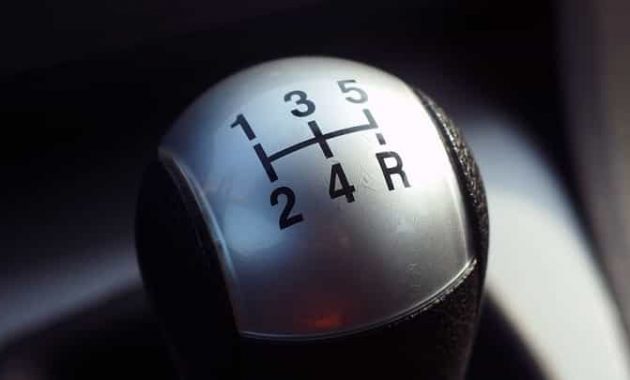
Most manual vehicles have either 5 or 6 gears although older cars may have 4, 3, or even 2 gears. For modern cars, the first 3 gears are used for city driving or on roads where the is a lot of stop-and-go traffic.
Gears 4 through 6 are used on faster roads, such as highways and state roads. Before changing gears, be sure to fully depress the clutch pedal until it touches the floor. It will take some time for you to get used to this, but you will catch on soon enough.
#10 – Practice on Hills
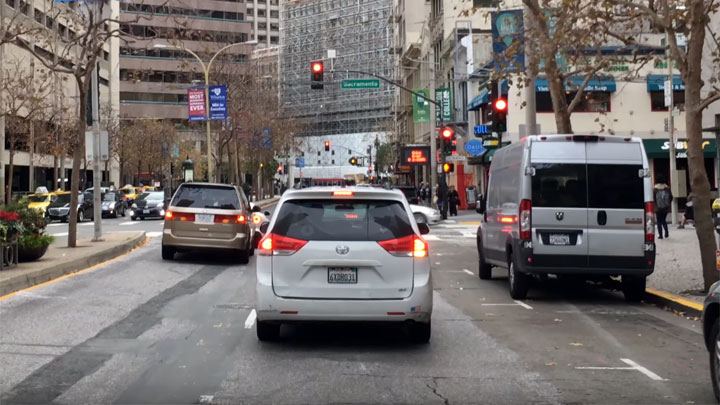
If you are driving on an inclined street or hill, there may come a point when you’ll need to stop on it. You can’t just keep your foot on the brake pedal like with an automatic car.
You need to press down both the clutch pedal and brake pedal with your feet. The gear should also be set to neutral. Some people recommend putting on the parking brake too, depending on how steep the hill is.
Now when you’re ready to proceed moving forward over the hill, go back to first gear and gradually take your left foot off the clutch. Meanwhile, you’ll want to transfer your right foot over to the gas pedal. Pull down the parking brake lever if it is still up.
Probably the trickiest part for those learning to drive a stick shift is getting moving after being stopped on an uphill slope. It takes plenty of practice to get moving without rolling backwards too much or stalling your vehicle.
It’s a good idea to practice this scenario without other cars around you if possible. If the engine stalls, don’t panic. Simply hold down the brake pedal and clutch pedal and restart the car and try again. Every manual transmission driver has failed in this scenario at some point so don’t sweat it.
#11 – Shutting the Engine Off
An automatic transmission vehicle just requires you to stop, set the gear to park, and then turn the key to the off position. Manual transmission vehicles are a bit more complex when it comes to turning off the vehicle.
As you come to a stop, you’ll want to shift your vehicle into neutral. Once the vehicle has completely stopped and while holding down the brake pedal, turn the ignition off.
While still holding the brake pedal, push down on the clutch pedal and put the transmission into first gear so the vehicle won’t simply roll when you let your foot off the brake pedal. Release both pedals and you should be good to go.
It’s a good habit to also set the parking brake and it’s necessary whenever you are parked on a slope.
#12 – Always Wear Good Shoes
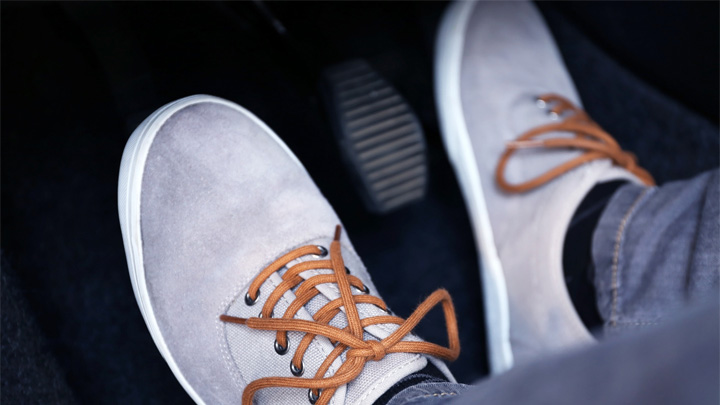
As anyone who has ever stepped on a hot pavement or driven over a small pebble knows, it is not a pleasant experience. Not only is it uncomfortable, but it can also be dangerous.
Driving barefoot or in socks or flip flops leaves you without the necessary traction and control over the pedals. In addition, your feet are much more likely to slip off the pedals than if you were to be wearing shoes.
While driving barefoot is technically not illegal, it’s never a good idea for any driver, but especially dangerous if you’re just learning to drive.
#13 – Drive Defensively
When learning to drive stick shift (or any car), practice defensive techniques to compensate for being distracted by gear changes. Leave extra space between yourself and other cars since you require more focus on coordinating the clutch and shifter.
Scan farther ahead on the road to identify needs to slow or shift gears early. Going slower through complex intersections also helps manage the extra workload.
Be cognizant of other motorists’ impatience with your gear learning curve. Defensive habits do in fact help prevent accidents as you master the third pedal.
#14 – Be Patient!
Learning to drive a manual transmission takes most people weeks, if not months, to fully master. The coordination required between hands and feet is challenging at first and requires concentration.
Expect the learning process to take plenty of practice and patience. Stick with it and don’t get discouraged by stalls or jerky shifts, especially at the start. Your brain and muscles need time to wire themselves for smooth clutch work and gear shifting.
Eventually, driving a stick will feel like second nature and you won’t even be thinking about it. Your brain will know what gear you need to be in for the situation and when it’s time to change gears (without even glancing at the tachometer).
#15 – Do Not Use a Cell Phone
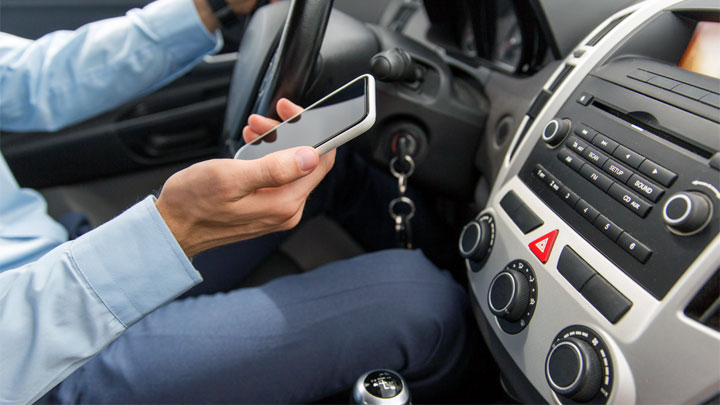
Since automatic vehicles are so much easier to drive, this allows the driver to have one free hand available for operating their cell phone (even though it’s not recommended or even illegal in many areas).
This is not a luxury they would get in a manual transmission vehicle because one hand is always on the steering wheel while the other hand is needed to change gears. Therefore, you won’t have an available hand to operate your mobile device.
If you attempt to try, it greatly increases your chances of getting into an accident. So, do not use cell phones or any other mobile device while you are driving a vehicle with a stick shift. If you must, use Bluetooth headset which is wirelessly connected to your phone.
- Replace the Engine or Replace the Car? (11 Factors to Consider) - Apr 11, 2024
- Plastic Piece Dragging Under Your Car? (What It Is and What To Do) - Mar 21, 2024
- Timing Belt vs Timing Chain (What’s the Difference?) - Feb 27, 2024
